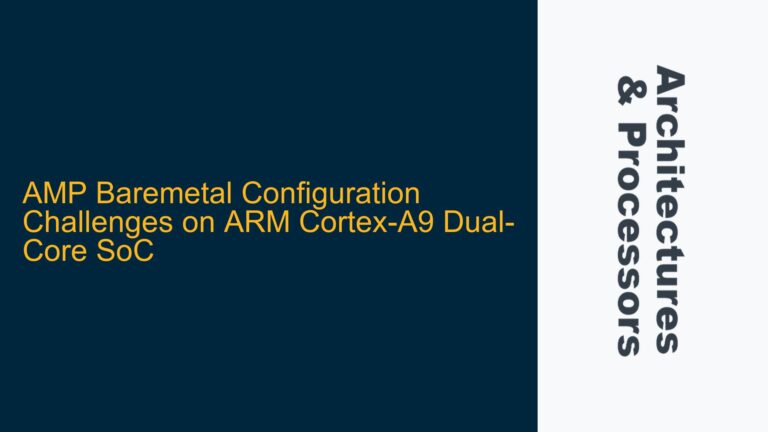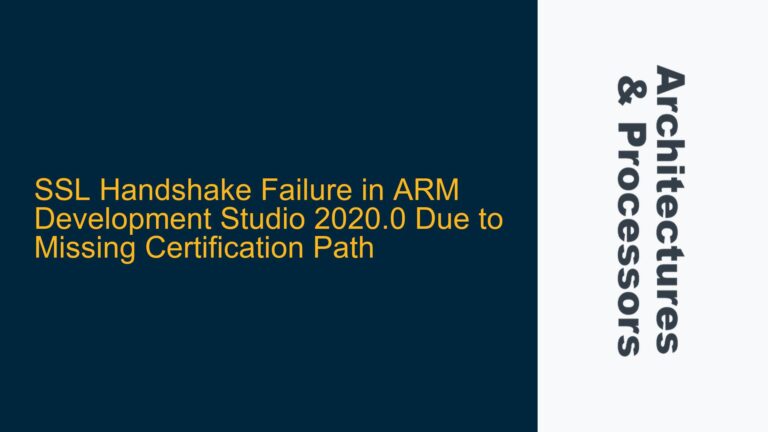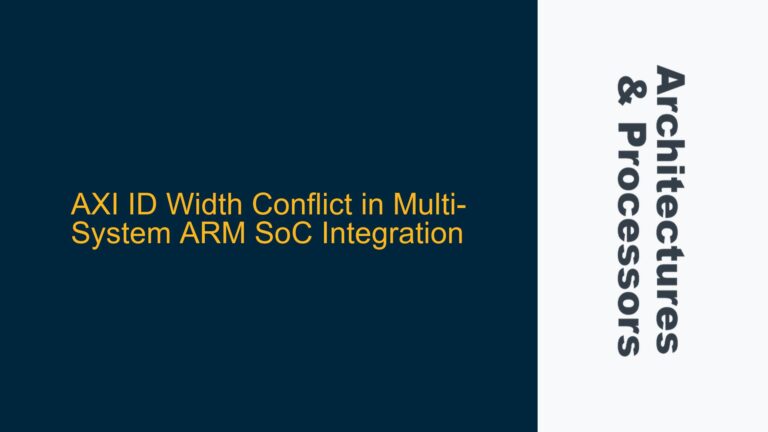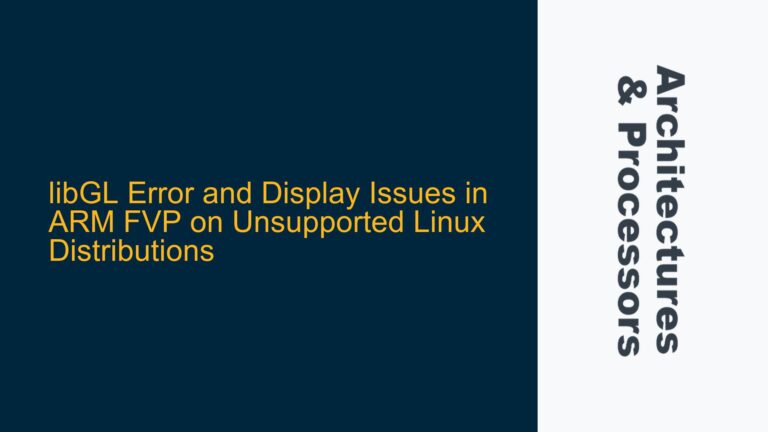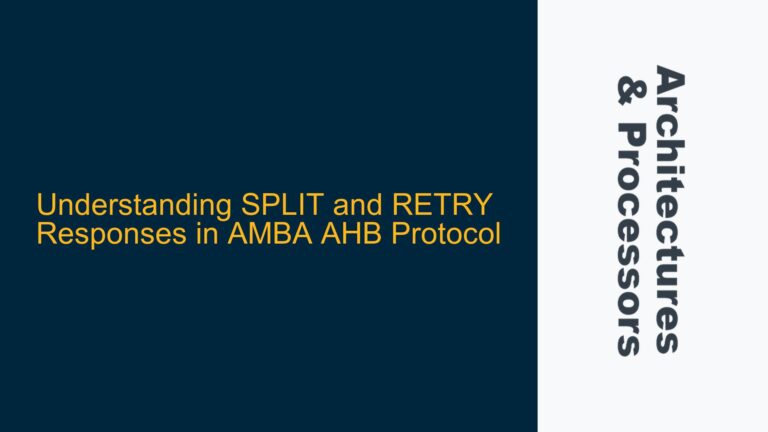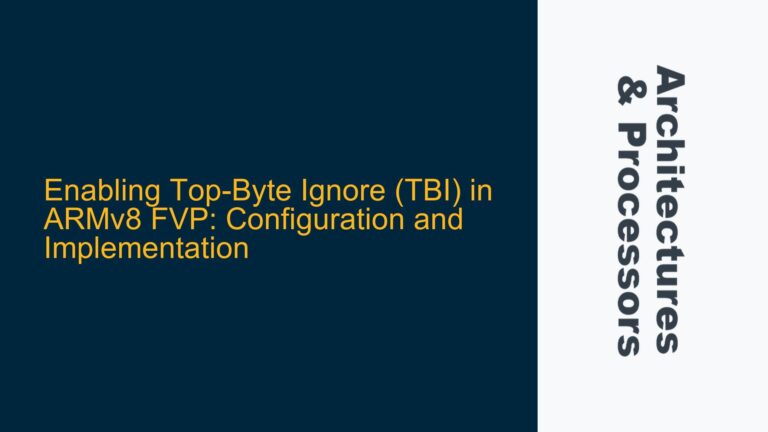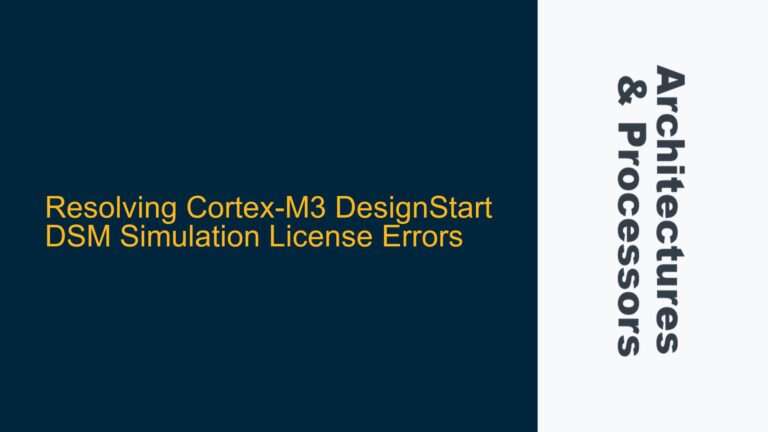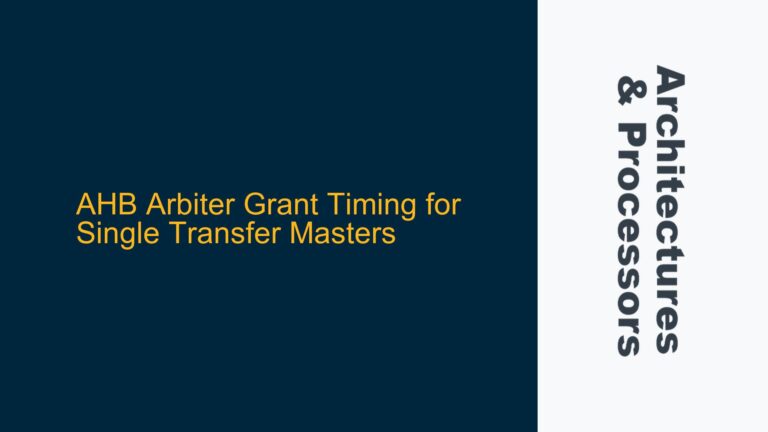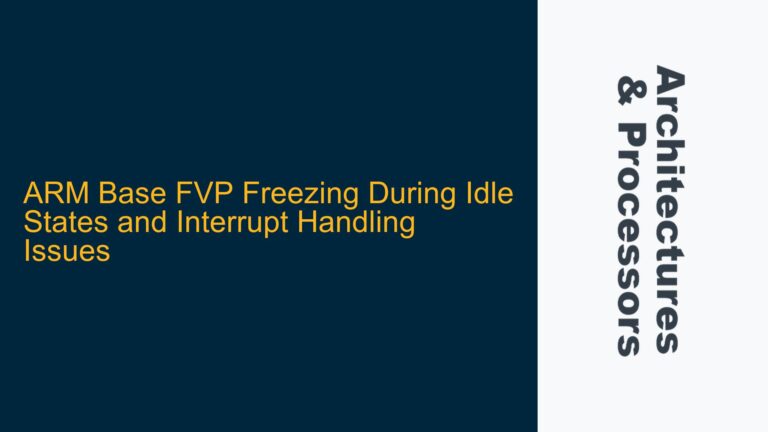AMP Baremetal Configuration Challenges on ARM Cortex-A9 Dual-Core SoC
ARM Cortex-A9 Dual-Core AMP Baremetal Execution Issues The challenge of configuring an Asymmetric Multiprocessing (AMP) baremetal environment on an ARM Cortex-A9 dual-core SoC, such as the one found in the Terasic DE1-SoC, involves running two separate binaries on each core independently. This setup requires careful handling of core initialization, binary loading, and synchronization to ensure…
